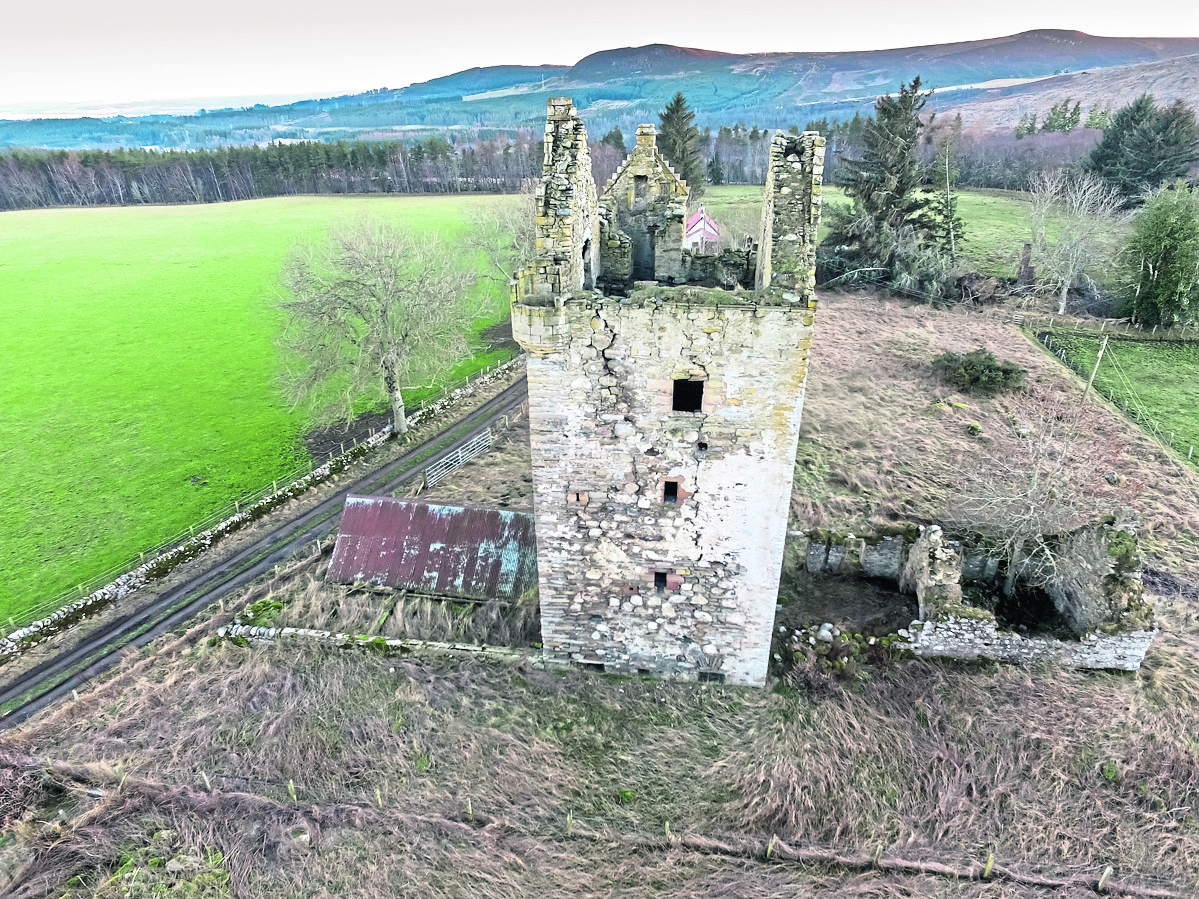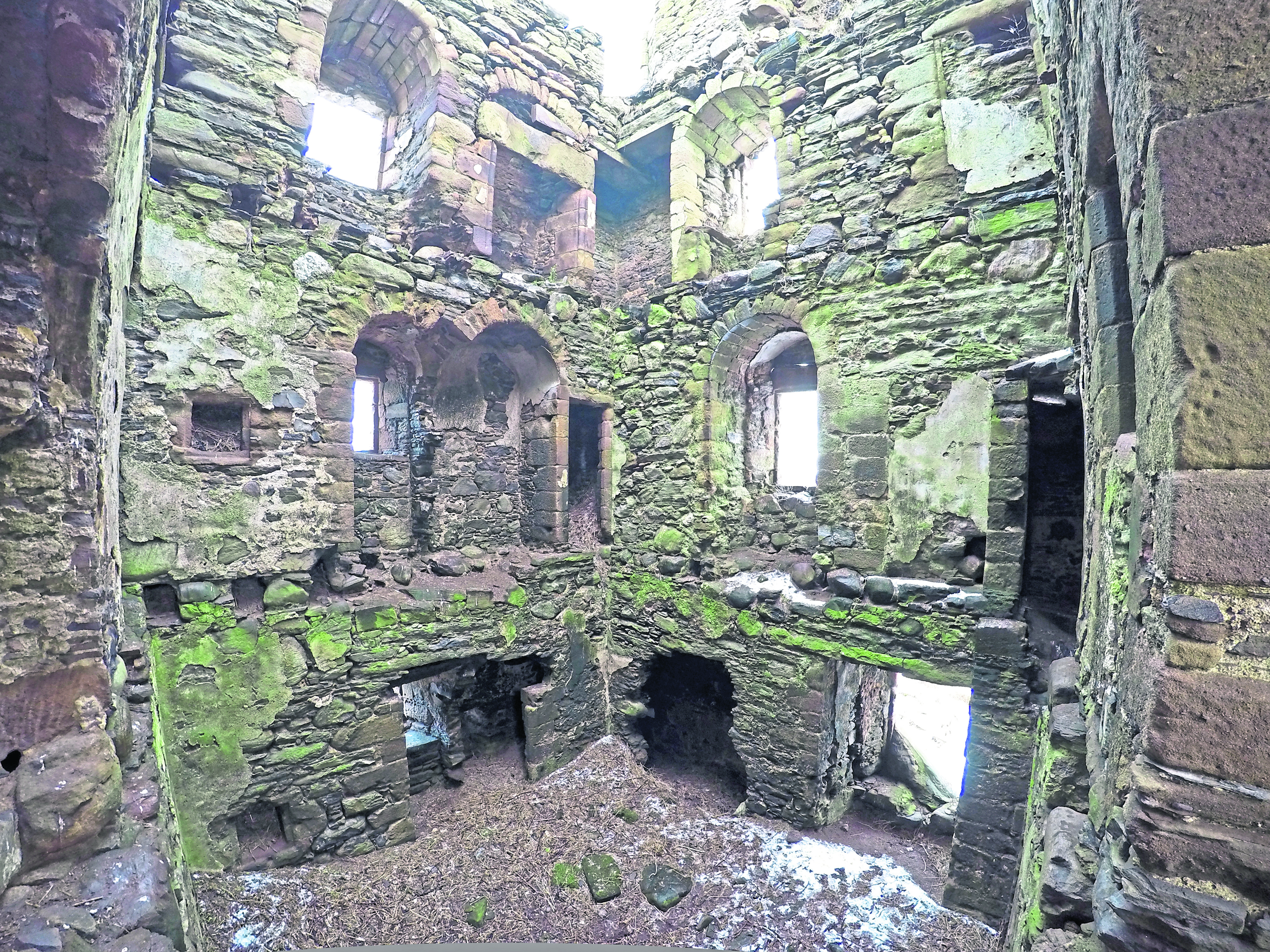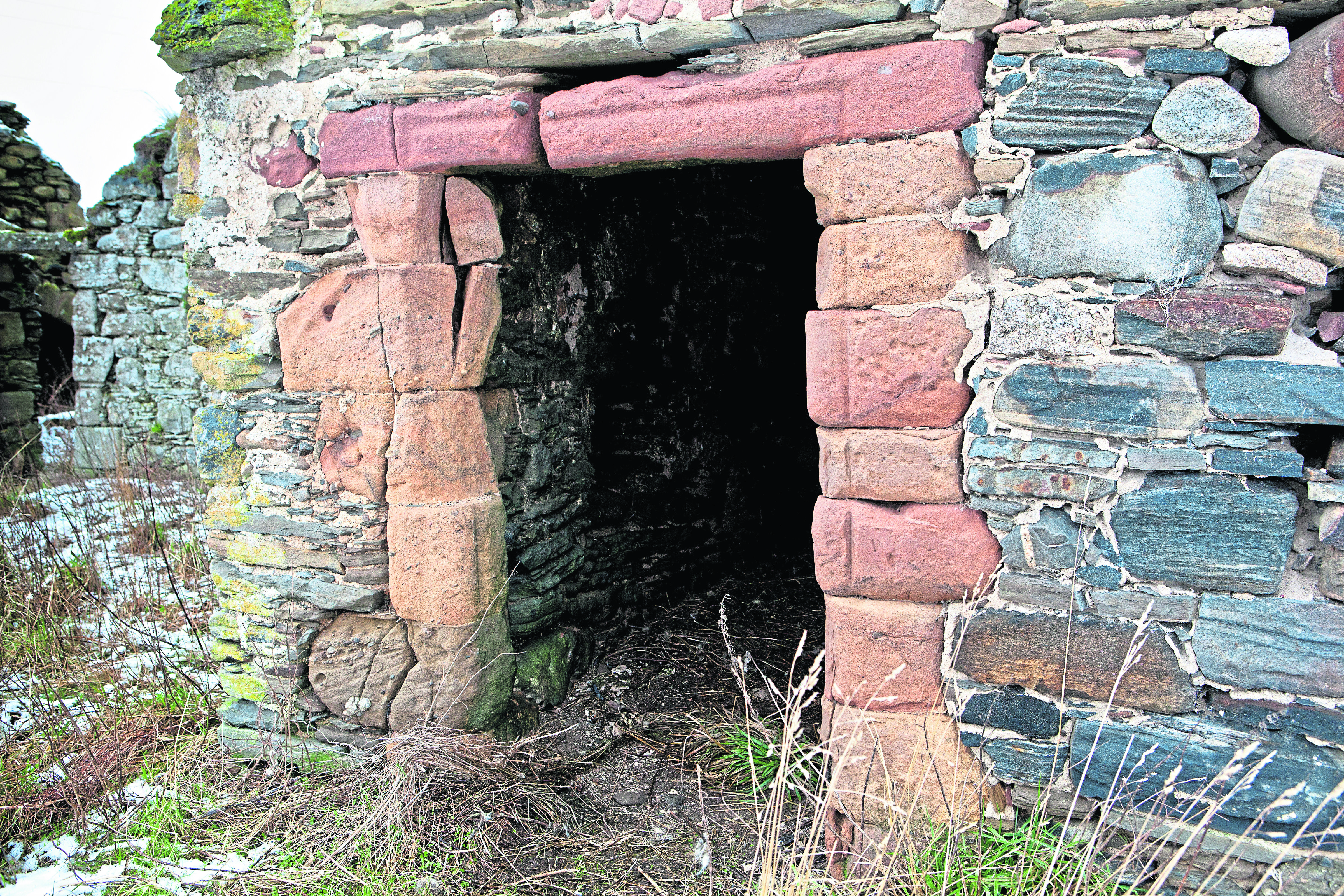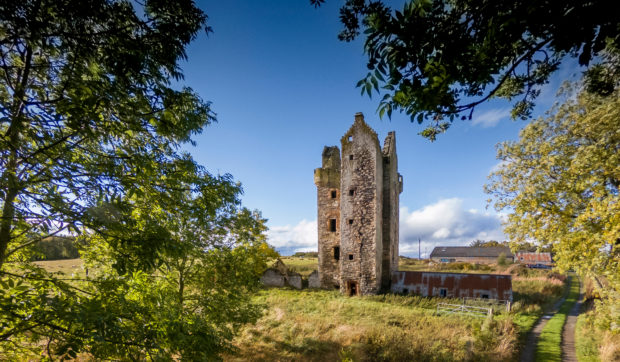A 16th Century tower in the heart of the Highlands is to have a major revamp to help preserve the building for future generations.
Fairburn Tower, near Muir of Ord, was first built in 1545 for Murdo Mackenzie, who was a loyal servant to King James V, and remains one of Scotland’s most fragile tower houses.
In an effort to return it to its former glory, owners The Landmark Trust have outlined plans to convert the five-storey A-listed building into contemporary self-catering holiday accommodation.

A spokeswoman from the Landmark Trust said: “Sixteenth-century Fairburn Tower is one of Scotland’s most significant at-risk tower houses, and one of the best of its type. In May 2018 the Landmark Trust launched an ambitious fundraising appeal to save the desperately fragile tower.
>> Keep up to date with the latest news with The P&J newsletter
“We are now 75% funded, and our detailed plans with Edinburgh-based architects Simpson & Brown have been crystallised and submitted.
“The building has stood ruinous for many years, but widening structural cracks make our urgent appeal for a further £470,000 all the more pressing. If we are successful, the complex restoration work to bring Fairburn Tower back to life can begin early in 2020.’
As part of the extensive renovations, the trust aims to restore the landmark building’s original stonework as well as re-establish the tower’s main staircase and entrance.

The ground floor of the property will house the tower’s main store, while the first floor and entrance level will remain home to the kitchen and dining area.
The living room will be located on the second floor with one twin bedroom, with shower room, and one double room with en-suite situated on the upper floors.
The building’s original door and window opening are to also be retained where possible to preserve the main characteristics of the historic structure.
Meanwhile, a 19th century cottage ruin located to the west of the tower will remain in its original condition to form an outside sitting area for guests.

The trust has so far raised 75% of the funds needed to complete the works, including a grant application worth more than £455,000.
An online funding appeal has also been launched on their website in an effort to encourage support from the general public and raise an additional £470,000.
Construction is estimated to begin early next year.
The Landmark Trust is a charity that rescues historic buildings presently at risk and restores them by turning them into self-catering holiday outlets for rent.










